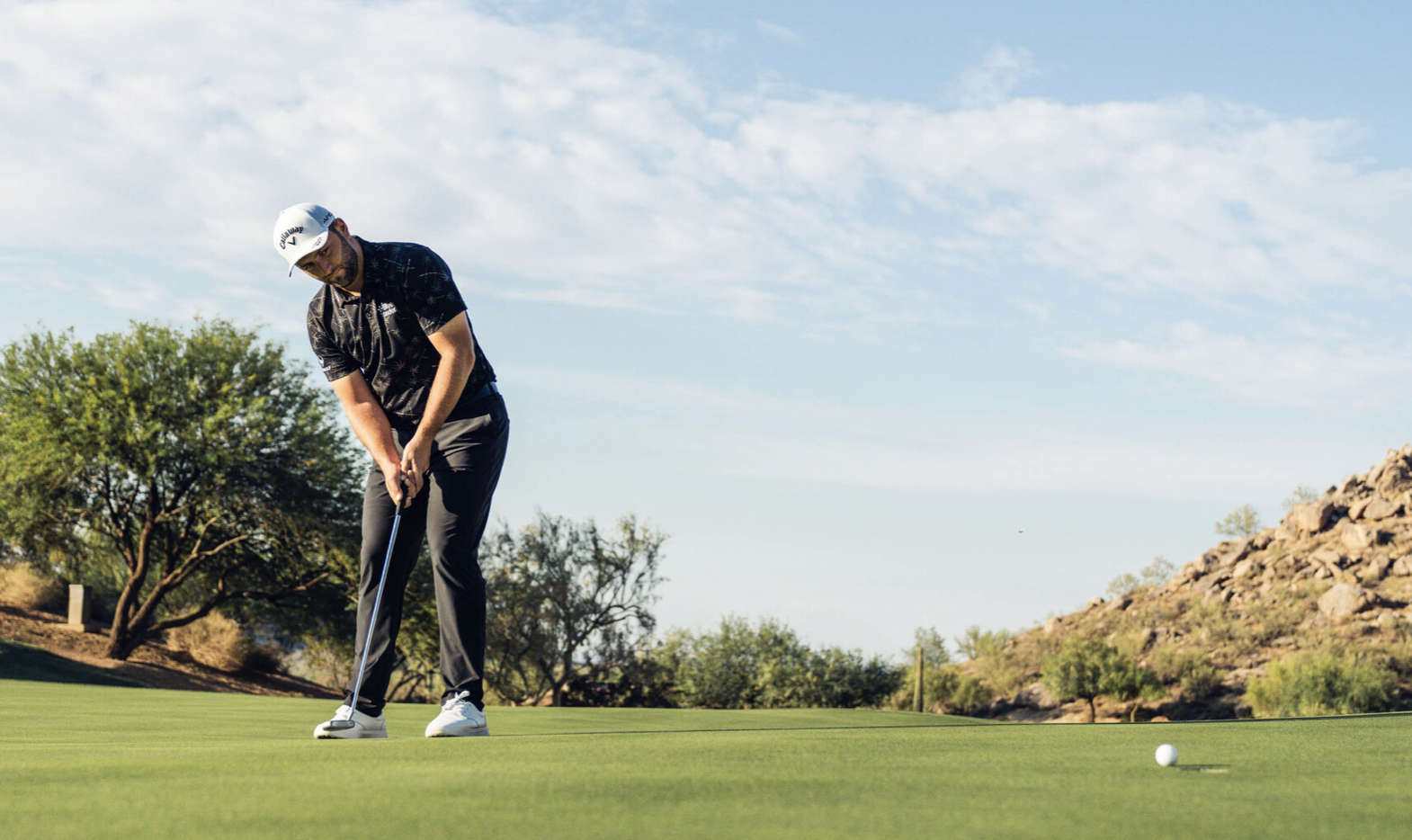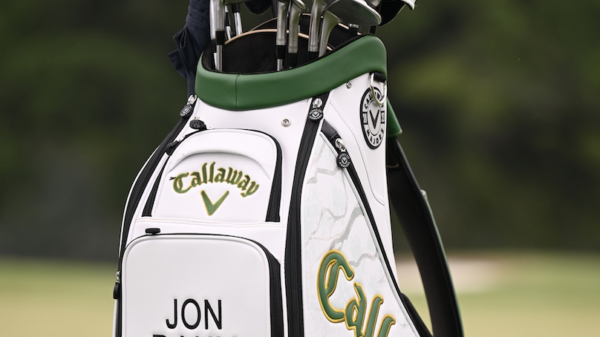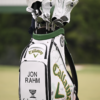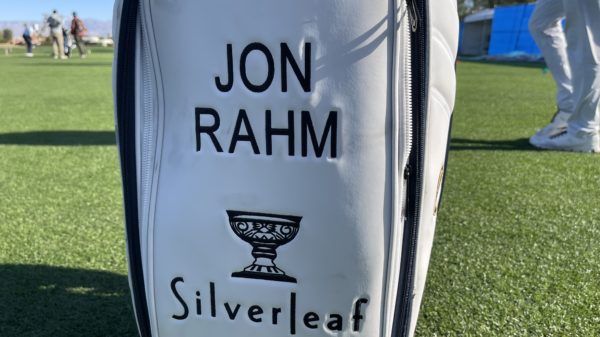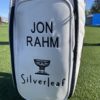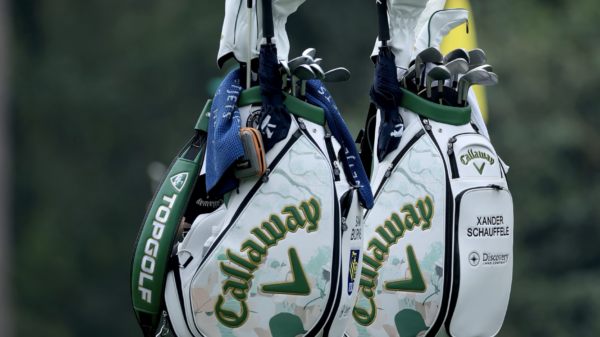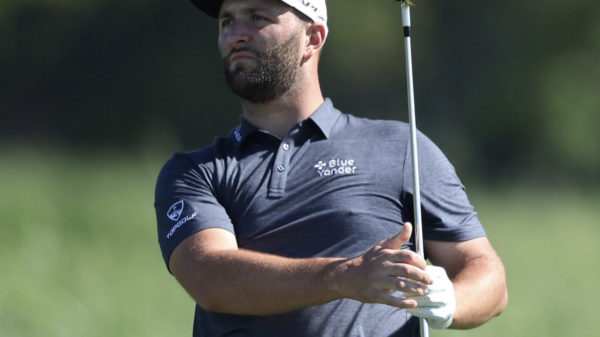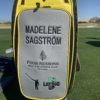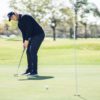Finding the right putter can be tough.
Most of us go to a golf shop, wander over to the putter coral, and find the one that catches our eye. I would fit into the looks 1st, performance 2nd category. If I love the way a putter looks, ill make it work. And that strategy has backfired numerous times.
Yes, I’ve had spells of good putting, but ultimately it’s been a love-hate relationship with every single putter I’ve owned (except 1).
I used to putt with an Odyssey Try-Hot #3; it was the first piece of “tour issue” equipment I ever received. I remember back in 2001, and I was at the Bob Hope Chrysler Classic at Bermuda Dunes CC. A family friend was able to get me on the Callaway truck, and one of the reps was kind enough to gift me a putter of my choosing, so I pilfered this one and played with it until 2012. At the time, it was the right set-up for me, having recently taken in a few sessions with Dr. Craig Farnsworth (look him up, he’s a beast) and who more or less fit me into an Anser style based on my alignment, eye line, and stroke.
The point is the putter was correct for where my game was at the time. I was a right-hand dominant putter with a ton of release, which produced almost a hook roll. Being the gear junky that I am, I tossed my trusty gamer to the curb for god knows what reason and haven’t been a consistent putter since.
Why do I do these things!!!!???
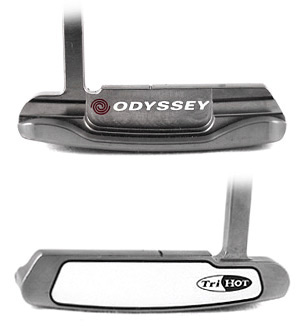
What I know now and didn’t know then was that YES, the shape and style of the putter complimented my stroke, but the CG location on any putter has the most influence on MY stroke.
What I’m starting to discover is that although many factors make a putter work for me, the CG placement of the putter carries the heaviest weight. When the CG is too far back, my stroke, which is Inside to out, tends to create a ton of blocked putts and, in turn, starts to affect my alignment and ultimately changes my stroke from my natural one to more square to square. When I started putting with the 2B10 (for example), I figured the putter should work since the hosel configuration was in the ballpark of what I’m used to. I was dead wrong. It rolled the ball amazingly, but from 10 feet and in, I couldn’t find the hole.
Why? How? I couldn’t put my finger on it.
So what do you do in these situations if you are me? Ask the expert. And it was a conversation I had with the man at the US Open that ultimately cracked my brain open.
On TOUR, it’s Odysseys Joe Toulon that gets in the proverbial weeds with countless players, and I wanted to pick his brain on what he thinks the true fundamentals of putter fitting is; he would know, I believe we have the best Putter rep on TOUR.
This is what Joe had to say:
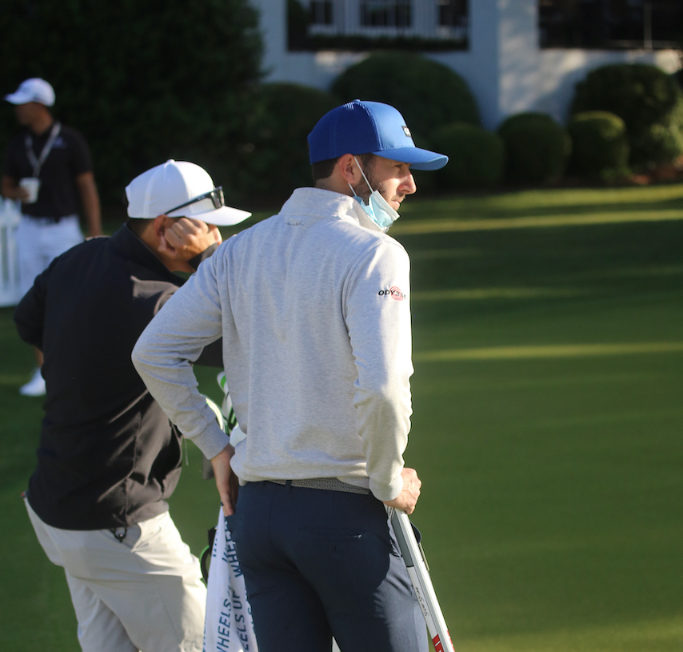
JDub: How would you rank (level of importance) these factors in regards to putter fitting and why
Length, Lie, Hosel configuration, head shape, CG location, alignment aids, face
Joe: #1, they are all important. And #2, the level of importance amongst those factors can change drastically from player to player. Length is important because it can largely dictate your setup. And your setup plays a huge role in dictating your stroke. Lie is not the most important thing. It needs to be off quite a bit for it to affect the start line and alignment. It’s still important to get the putter sitting flush (and delivered into the ball similarly) because it can certainly affect contact if it gets too far off. Hosel configuration is somewhat important for determining how a putter swings, but it’s more important for determining the offset, which will affect the aim. Head shape is essential to some but not all. Very much a personal preference thing. CG location plays a huge role in how a putter will swing, so I would say it’s one of the most important factors when considering face angle at impact. Alignment aids are also highly individualized but can obviously change aim considerably. If you are someone who consistently delivers the face square to where you aim, finding the best alignment aid for you is massive. Face/insert is crucial in determining sound/feel/speed off the face. All of those things affect your distance control. Matching the sound/feel of the strike to the perceived distance of the putt is vital to having consistent speed.
JDub: On TOUR, when a players stroke goes awry, what is your first method of attack to fix it (assuming a putter switch may be the answer)
Joe: The first thing we do to address stroke issues is look at the setup. Many times, slight changes in setup are the root cause of stroke issues. That being said, it is not uncommon for players to miss a couple of key putts and start to lose confidence in their putter (I think we’ve all been there). In these instances, a change in putters is often necessary (even if it’s temporary). As far as what putter to switch to, that is a very individualized process for each player. We will first identify why they are missing putts, whether alignment, start line, or speed, and then build a plan of attack.
JDub: Do certain types of putters actually compliment strokes, OR do you believe the player will “grow” into a style if they respond to the look.
Joe: I think there is certainly an aspect of putter fitting that comes down to a simple question, “Do you love looking down at this putter?” A putter that looks good to a player will inspire confidence. If you love what you are looking at, you will do everything to make that work for you; you will want to make a good stroke. For some players, that’s enough. For most, if the putter doesn’t perform for you, you’ll likely experience a “honeymoon” situation—great short-term results but unable to sustain the success. The best-case scenario for long-term success is to find a putter that suits your eye and your stroke.
JDub: Using Rahm and Xander, why do they use the putters they are in? What can you identify in their setups that compliment them?
Joe: Rahm uses his White Hot OG Rossie sans sightlines because he is not a linear person; his eyes don’t see straight lines well. He uses a 37” putter and therefore stands a little further away from the ball. That means his eyes are slightly inside the ball, which is one of the reasons lines on the putter or ball don’t work well for him. He’s a feel player who is one reason why he likes the soft curvature of the Rossie. No harsh lines and nothing to confuse his eye.
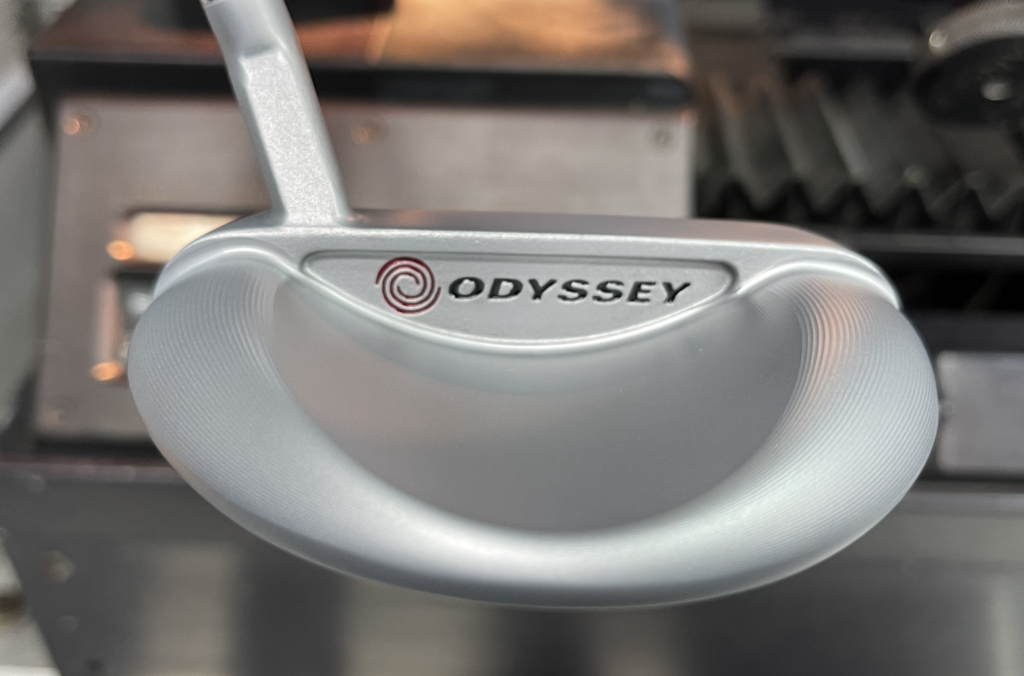
Xander is very opposite of that. It’s almost the more lines, the better. Every putter he’s used as a pro had had either multiple lines, versa technology, or both. He uses a system called Quintic in his putting and is constantly calibrating himself and his putter. Alignment is critical because he delivers the putter face back very square to where he aims. The CG and toe hang on the 7 CH he uses match up beautifully to the rotation and arc of his stroke. When he first switched to the 7 CH, he was coming from a face-balanced putter and asked how much toe-hang the 7 CH had. I told him it has “just enough to do you right.” To this day, neither of us know exactly what that means, but we do know it has done him very right.
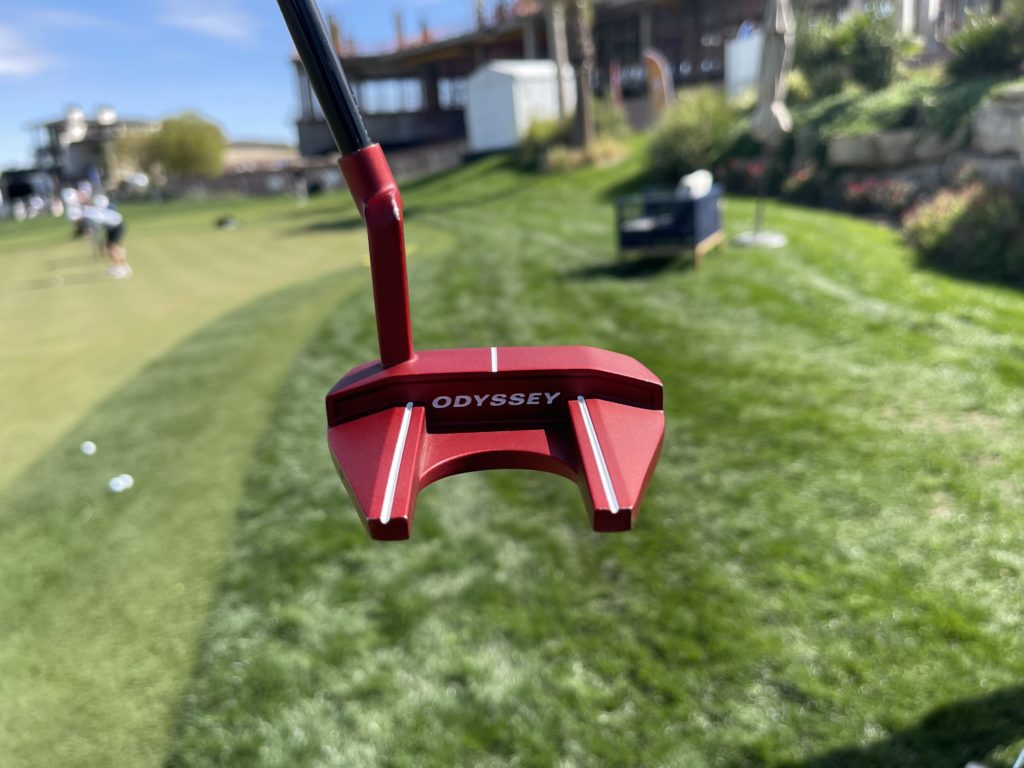
So what have we learned here?
In a nutshell, getting properly fit for a putter in my opinion falls right behind the golf ball in levels of importance. Some or a ton of fitters will disagree. My point is that there are so many variables to getting it right and the putter more than any other club in the bag is the one that gets swapped out the most. Even more, your putting stroke is an action that is the easiest to groove at any handicap level so my question is if you have the power to get one part of your bag REALLY dialed, right now, the putter is a good place to start.
Now more than ever it’s possible to get the same level of fitting for a putter that you would see on Tour. With systems like Quintic and even Trackman giving you launch data on your putts, you can get super dialed in if you listen, watch and ask the right questions.
Top 5 Things to check off for a proper Putter Fitting
- Have someone look at your stroke, can’t do this right without it
- Try different CG locations, the fitters will know
- Length/Lie/Loft
- Make sure the alignment aid not only fits your eye but ensures you are aiming correctly
- Sound/Feel
- Eye Candy Test
My secret sauce was CG location, what’s yours?
Happy Hunting
JDub


